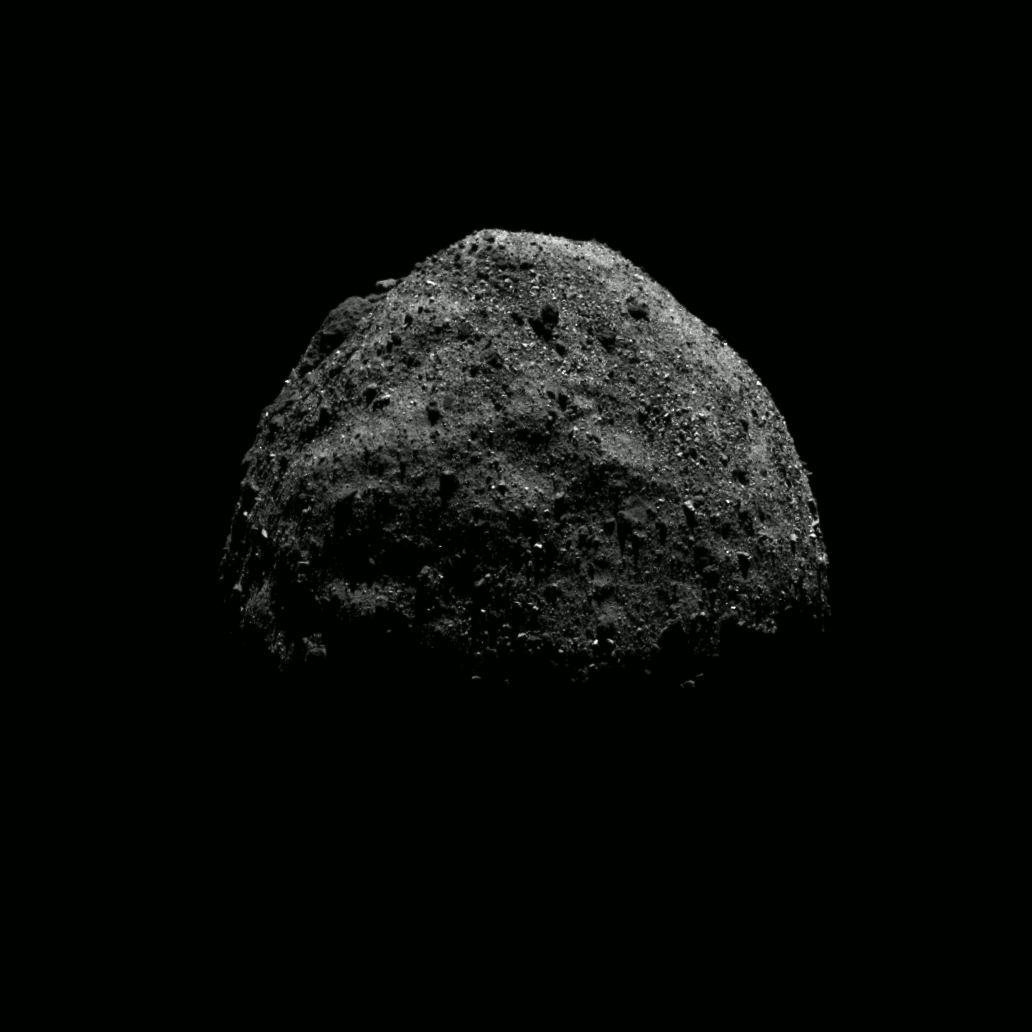NASA was recently directed to return to the Moon by 2024, an announcement first made in remarks given by Vice President Mike Pence at the 5th meeting of the National Space Council on March 26th. However this huge announcement and acceleration in schedule also came with another set of exciting details. He stated, the “lunar South Pole holds great scientific, economic, and strategic value” and that “when the first American astronauts return to the lunar surface, that they will take their first steps on the Moon’s South Pole.” But why the focus on the Moon’s south pole? He explored that as well, saying that we will “mine oxygen from lunar rocks” and “use nuclear power to extract water from the permanently shadowed craters of the South Pole”. These statements are exciting because they specifically include the use of in-situ resource utilization on the Moon, and select human landing locations near the South Pole due to proximity to those resources.
Read MoreNASA’s OSIRIS-REx mission went into orbit around Near Earth Asteroid (NEA) 101955 Bennu. The OSIRIS-REx mission is NASA's first sample return mission from an asteroid. The science obtained from in-situ observations and the returned sample will advance our understanding of asteroids by an order of magnitude. Very little is currently known about NEAs, so these results will aid future exploration missions.
Read MoreAs the dinosaurs figured out, the severity of asteroid impacts is Earth shattering. In an attempt to learn from their failure, NASA and ESA are collaborating to build and test planetary defense capabilities. The target is the Didymos binary asteroid system. NASA will impact the smaller object, Didymoon. ESA will observe the results. Together they will learn more about asteroids and deflection strategies.
Read MoreOn Jan 1, 2019, the NASA New Horizons spacecraft flew by Ultima Thule, a 31 km wide Kuiper belt object (KBO) that is the most distant object ever visited by a human spacecraft. By studying unaltered KBOs, we gain a better understanding of how certain near-Earth objects formed and evolved as they traveled into the inner Solar System. This insight allows us to design and build more effective missions that can eventually prospect and mine NEOs for valuable resources.
Read More


